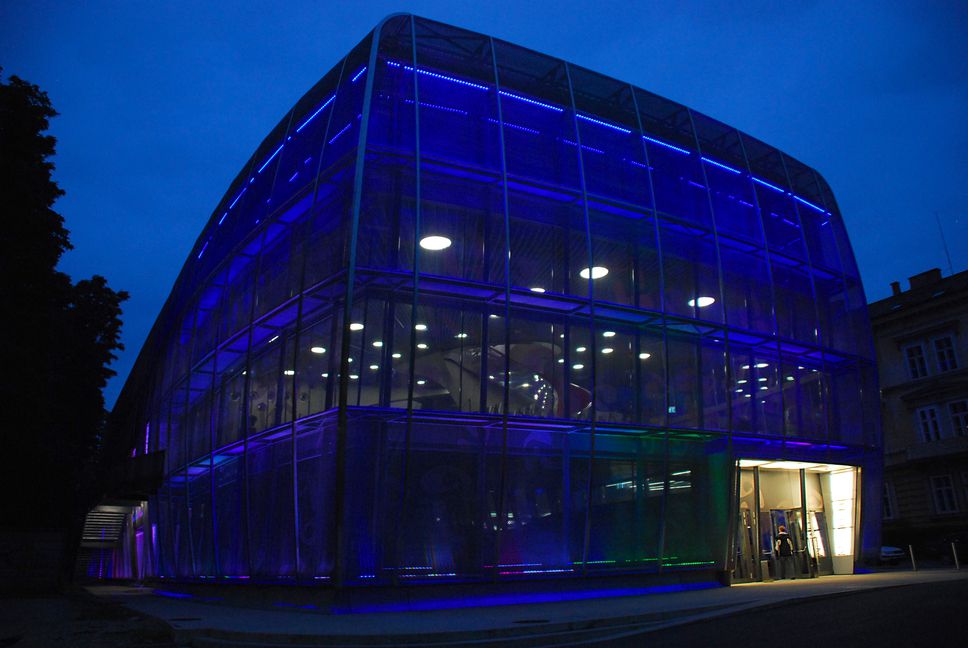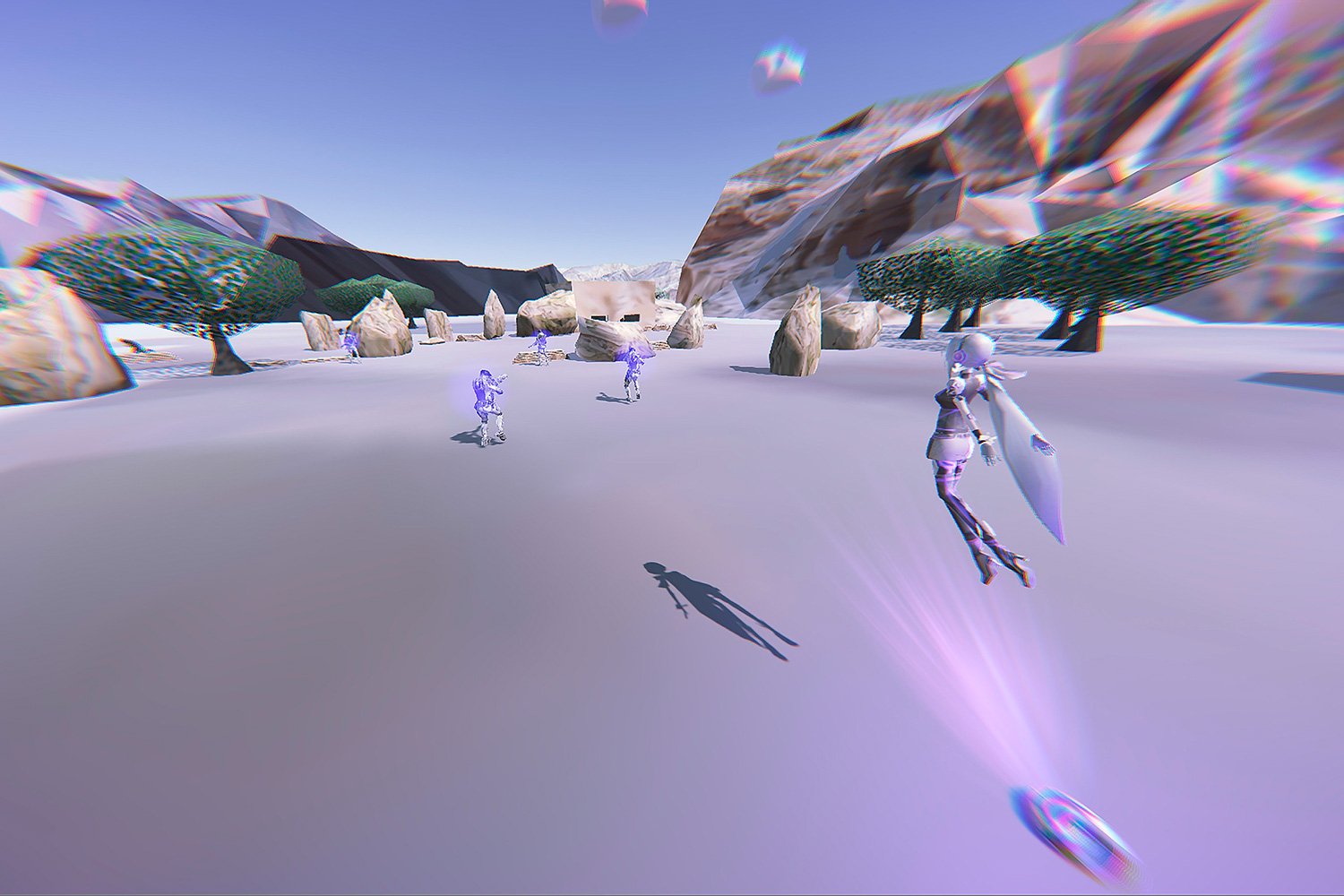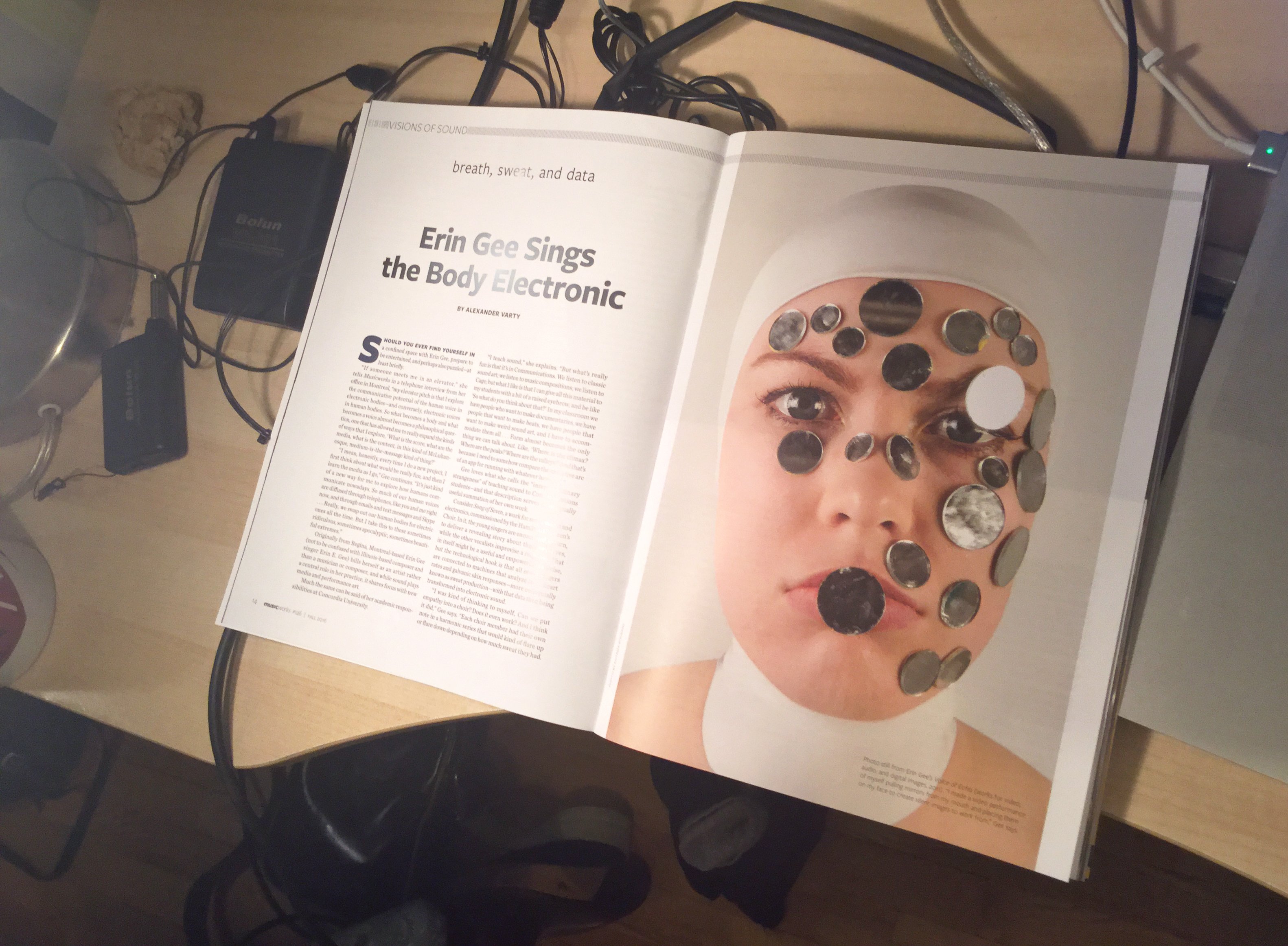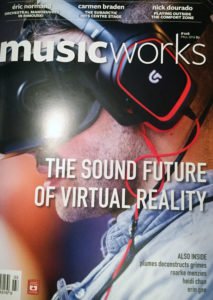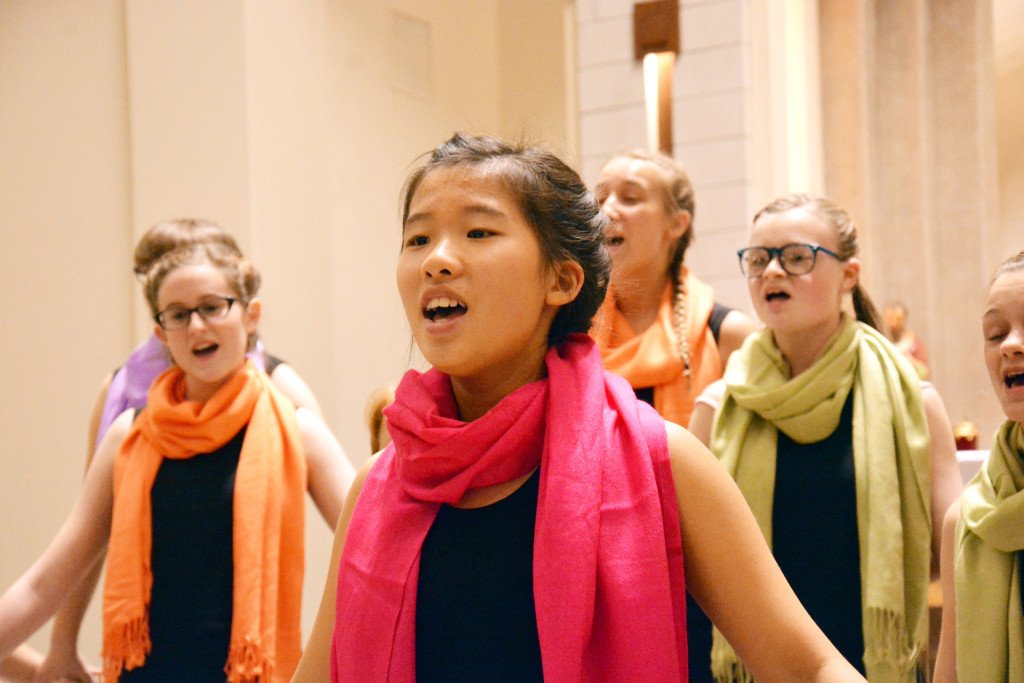Review: Canadian Art
Amber Berson wrote a thoughtful review on the occasion of Eastern Bloc’s 10th anniversary exhibition Amplification that features discussion and images of my first internet-artwork https://laughingweb.space
This exhibition meant a lot to me as an artist that has been supported by Eastern Bloc over the years not only by the fact that they have exhibited me and involved me in many projects…but also I have been enriched an supported by their fantastic programming. I salute Eastern Bloc and wish them all the best in their next 10 years!
To read the article, click here.




